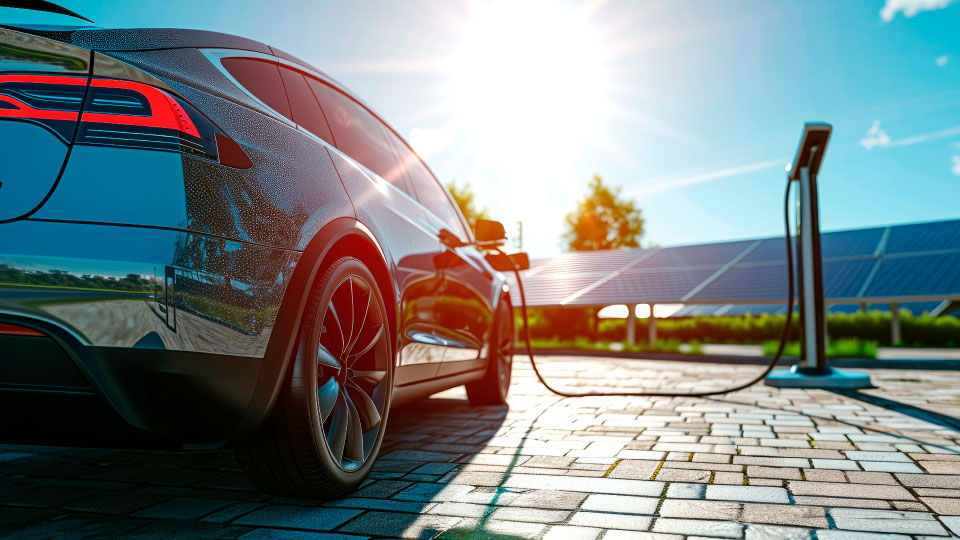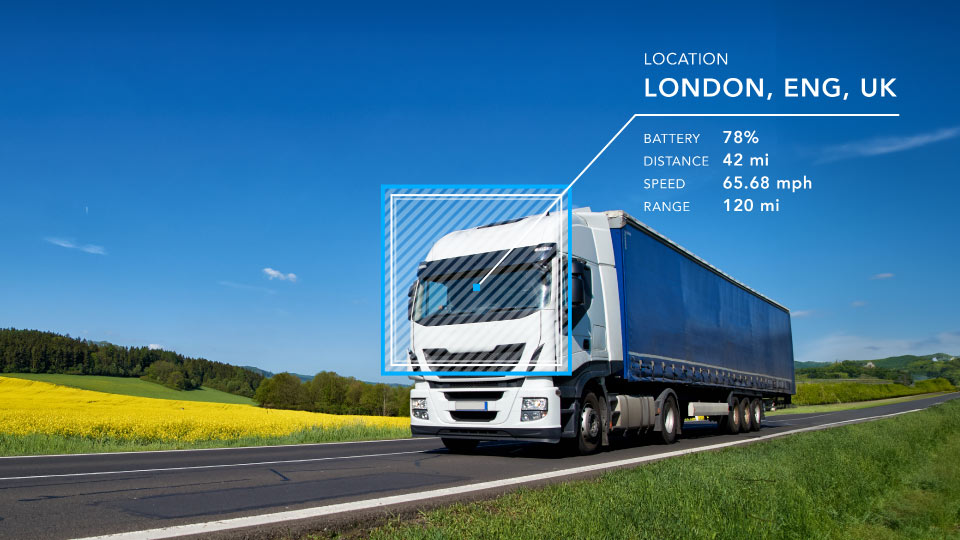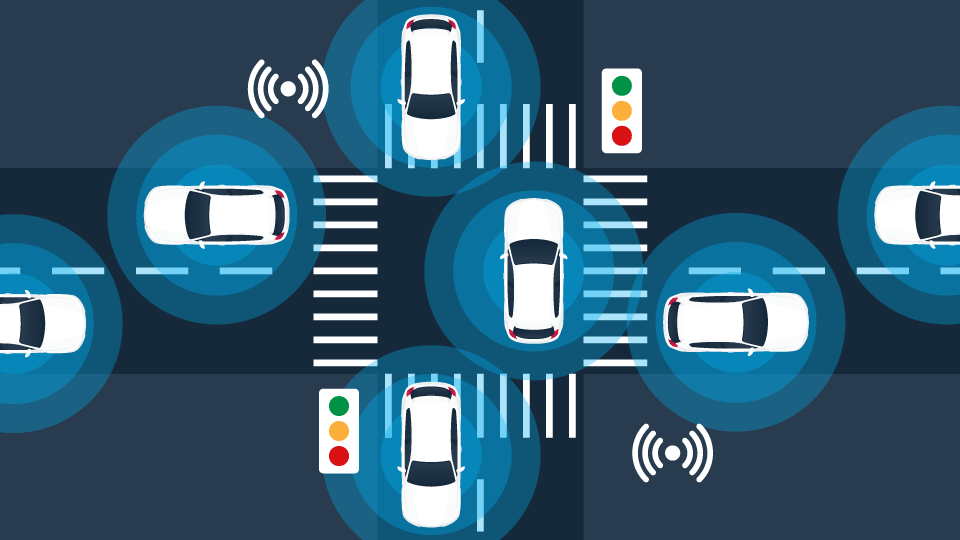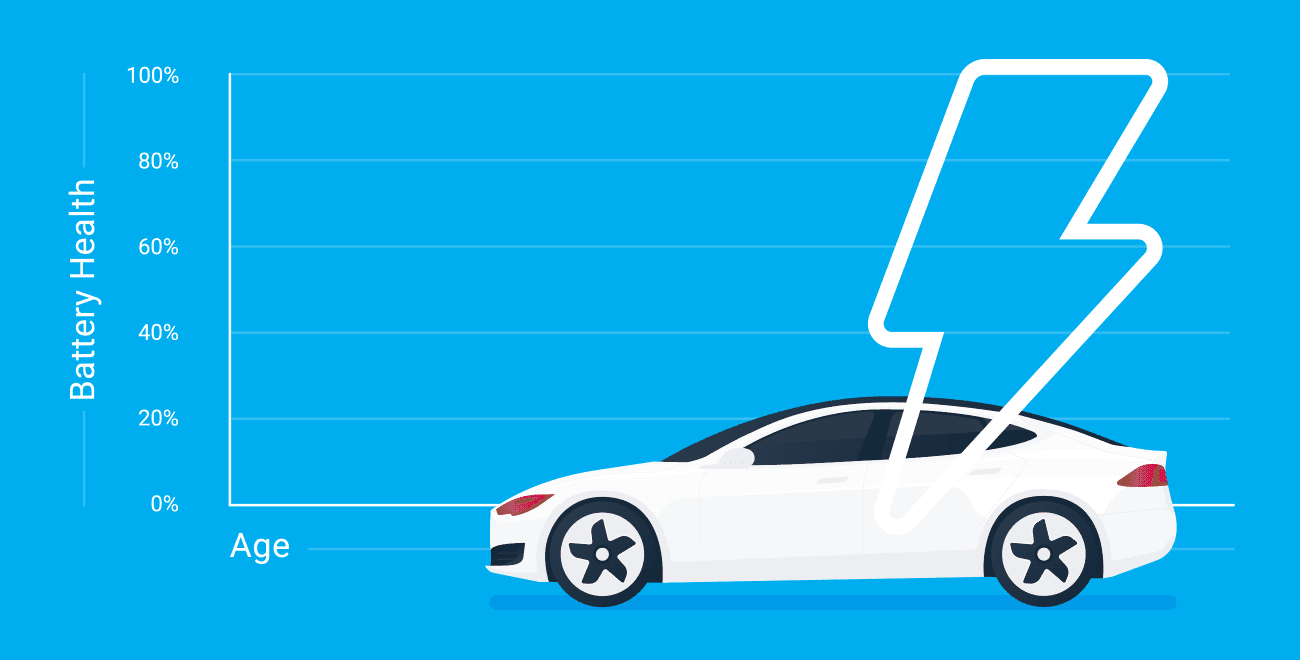So you have added a few EVs into your fleet… Now what?
Incorporating electric vehicles into your fleet is just the beginning. Here are some tips to ensure your EVs are managed effectively.

Monitoring the performance of the vehicles in your fleet is essential for maximising efficiency and profitability. Traditional fleet management techniques, such as tracking utilisation or downtime, as well as driver safety trends, will still apply similarly to your electric vehicles. Some other techniques, like route optimisation, are even more important to ensure your EVs have enough range to complete their tasks. But what are the EV-specific metrics you should monitor following EV adoption?
To learn how to start adding EVs to your fleet, read our Ultimate Guide to Fleet Electrification.
The importance of state of charge
One of the most important data points to keep an eye on is your EV’s state of charge (SOC). An EV’s SOC is in some ways no different than a traditional fuel indicator – it shows how “full” the battery is. Since charging takes longer to “fill up the tank” and there aren’t chargers on every street corner, it is more important to keep an eye on this metric.
State of charge can be monitored in real-time during operation in order to ensure the EV will not run out of energy before reaching its charging destination. It can also be used to track EVs that are charging, allowing you to see how long until the vehicle is ready to go.
Fleet managers can use this data to create alerts and notifications to:
- Flag when an EV is running low
- Confirm that charging is complete
- Remind the driver or management team if the vehicle wasn’t plugged in at the end of a shift
Reviewing your charging data
The main difference you will experience with EVs in your fleet is how they “fuel up.” To better understand these nuances, fleet operators should review the charging history logs regularly to gain actionable insights.
These data-rich logs will include information such as:
- When and where each individual EV is charging
- The full charging duration
- Starting and ending SOC
All of this data will allow you to create and optimise a charging schedule. Rather than simply charging all of the vehicles at the end of the day, it may be possible to stagger them in between duty cycles or “top up” at a strategically placed charger mid-cycle. Some fleets are even allowing employees to charge these EVs at home and use the data to reimburse them.
Reviewing this data will be critical as you continue to add more EVs to your fleet. It can help you better assess the total amount of charging infrastructure you require and avoid any unnecessary demand charges from using too much power at once.
Tracking both gas and electric fuel consumption
Fuel costs are one the largest on-going expenses for a fleet, so it is natural to want to track its consumption. For traditional internal combustion engine (ICE) vehicles this would be done using miles per gallon or L/100km, but this metric clearly doesn’t translate for EVs.
When looking at the energy consumption, or electric fuel, of an individual EV, the unit of measurement is kilowatt hour (kWh). You can simply use this as a replacement to create miles per kWh. However, this becomes less useful if you are trying to compare the performance of your EVs to the ICE vehicles in your fleet. This is why many fleet operators prefer to use miles per gallon of petrol-equivalent (MPGe) to compare the fuel economy of EVs and other alternative fuel vehicles with gas-powered vehicles. This is an available feature within MyGeotab called the Fuel and EV energy usage report.
If you have incorporated plug-in hybrid electric vehicles (PHEVs) into your fleet, it is even more important to look at fuel consumption, since they use both petrol and electricity. If your PHEV is running solely on petrol, you are not realising the true cost savings, or the carbon reduction, that comes from operating an EV.
Currently electric vehicles have a higher acquisition cost than their ICE counterparts, but they come out ahead when you consider the total cost of ownership. In order to understand their true cost, and maximise their efficiency, you have to monitor their fuel consumption closely.
Keeping organised as you electrify your fleet
Transitioning to EVs is not going to happen overnight and fleet managers need to be able to manage all of the vehicles in their fleet. A robust telematics platform that includes both EV & ICE vehicles, as well as on-going EV support, is the key to more effective and efficient fleet management. Fortunately, Geotab supports the largest set of EV models and is committed to support you through your electrification journey.
Learn more with our Ultimate Guide to Fleet Electrification to get started today.
Subscribe to the Geotab Blog
The Geotab Team write about company news.
Table of contents
Subscribe to the Geotab Blog
Related posts
.jpg)
Lead with Trust: How Geotab Helps Businesses Navigate CSRD Compliance
March 19, 2025
2 minute read

2030 or 2035, the UK Needs Meaningful Action on EVs Now
September 6, 2024
2 minute read

Driving smarter: Insights from Geotab’s “Taking Charge” Report
August 8, 2024
2 minute read

The art of the possible: Insights from Geotab’s “Taking Charge” Report
June 20, 2024
3 minute read


